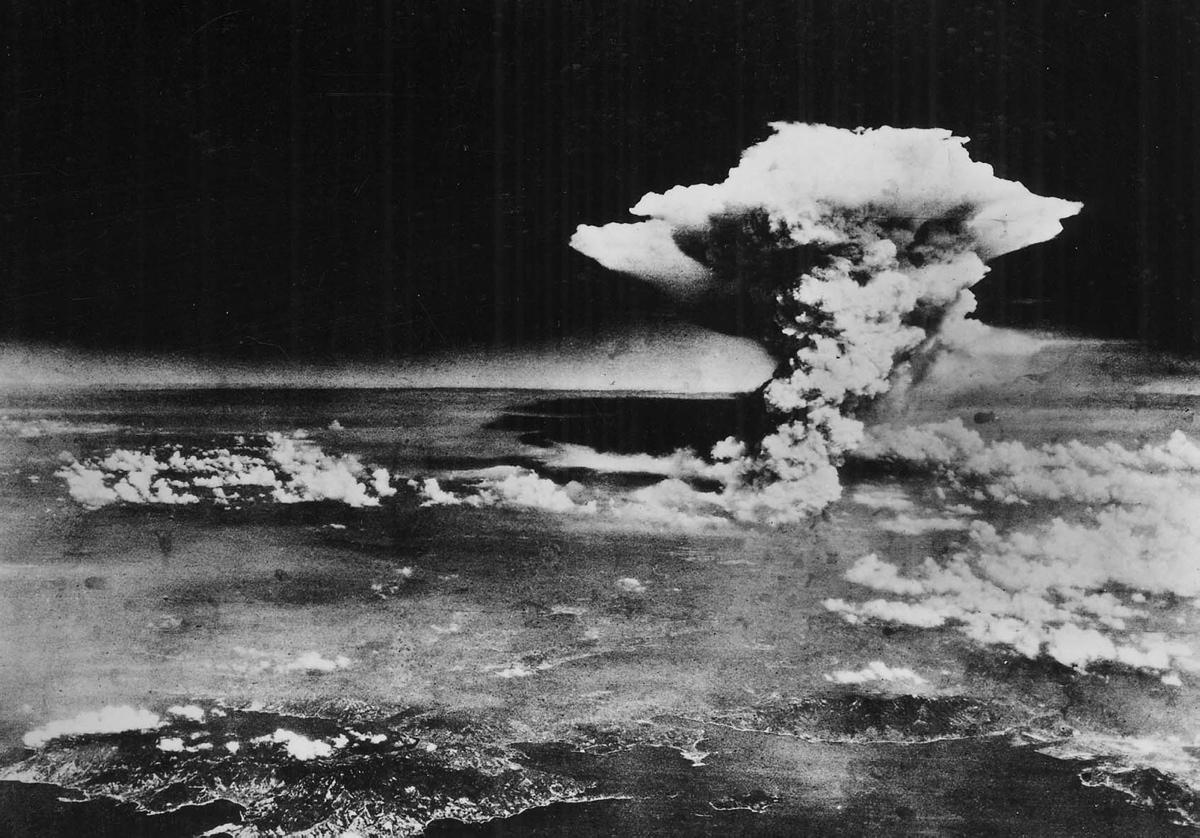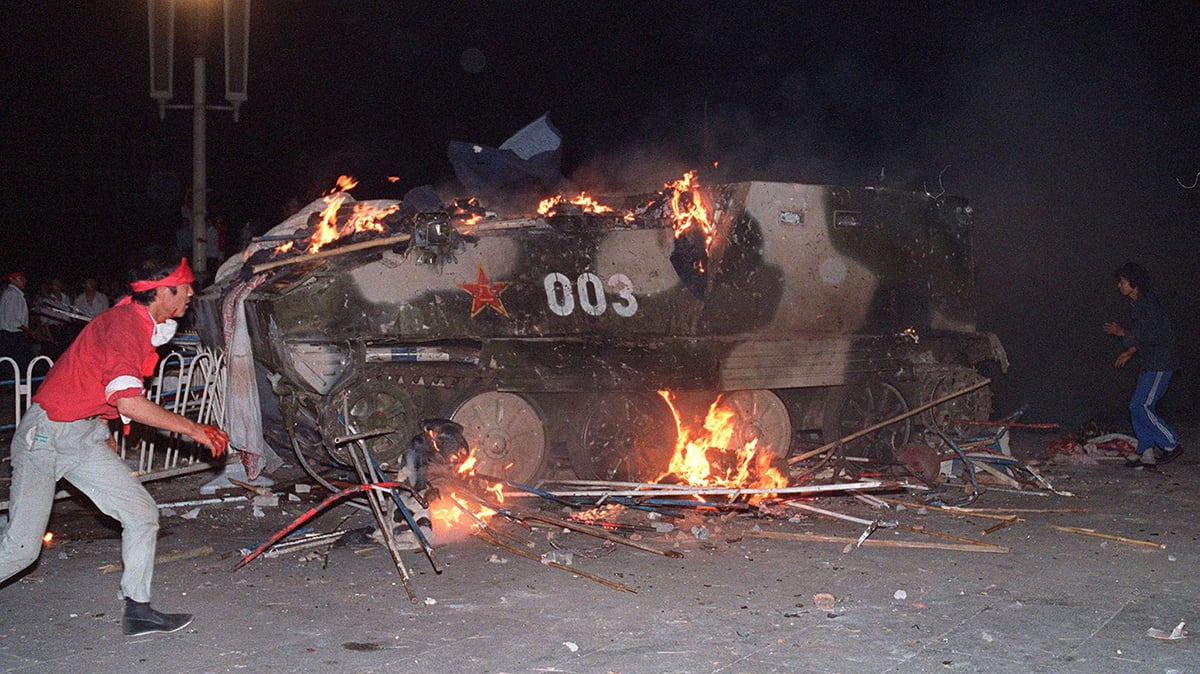The country of Nepal is currently locked in a political crisis. The president has reversed an order of Prime Minister Prachanda to fire the head of the army, General Rookmangud Katawal. In response, Prachanda resigned from the government on May 4.
|
Casting aside the accord, Katawal has overseen the recruitment of over 3,000 new soldiers and has refused to carry out the government-ordered dismissal of eight generals. He has also blocked the mandated integration of the PLA forces into the Nepal Army. President Yadav, a former Nepali Congress politician, blocked the dismissal of Katawal.
Katawal and the entire brass of the former Royal Army of Nepal, which is now named the Nepal Army, have long been an instrument of elite rule in what is one of the poorest countries in the world. The UCPN(M) has organized daily militant street protests against Yadav. Prachanda has said that he will not return to the government, and the UCPN(M) has declared it will not participate in any government until Katawal is removed as head of the army.
The Communist Party of Nepal (Unified Marxist-Leninist) and the Nepali Congress opposed the decision to fire Katawal. The Madhesi People’s Rights Forum has said they will join any government that promotes their program, which calls for the formation of a Madhes autonomous region.
Up until now, these parties have been unable to form a new government without the UCPN(M). On May 17, however, the CPN(UML) announced that an alliance of members of parliament from 22 parties were now ready to form a government. Their application has been submitted to the office of the parliamentary chairman for review.
The CPN(M) won by a landslide in the 2008 parliamentary elections by receiving 38 percent of the vote, the most of any party. The party and its army were the leading forces in the defeat of the country’s monarchy. The PLA fought a war against the government between 1996 and 2006, when the 10-year civil war between the PLA and the Royal Nepal Army ended with a U.N.-brokered peace agreement.
The CPN(M) emerged from the war in a greatly strengthened position. In a coalition with other parties, the CPN(M) led a mass struggle in 2006 and 2007 that culminated in the abolition of the monarchy and the establishment of elections for a Constituent Assembly. In August 2008, Prachanda was elected prime minister by a coalition of the CPN(M), the CPN(UML) and the MPRF.The Constituent Assembly is charged with adopting a new constitution by 2010. The UCPN(M) is promoting a democratic people’s republic that would end feudalism and defend the country against imperialism.
Besides the establishment of the people’s republic, the integration of the PLA into the Nepal Army is a major component of the UCPN(M)’s program. The UCPN(M) and the PLA have promoted a revolutionary platform that includes land reform, women’s rights, the end of caste discrimination and equality for LGBT people.
As the struggle unfolds, UCPN(M) leaders and cadre continue to organize. In the face of opposition threats, the Young Communist League has taken an active role in organizing mass struggle. The PLA, quartered in U.N. monitored encampments, remains intact and has reportedly kept some arms.
The army and the state in Nepal
The Nepali government and state contain forces tied to different class interests. The army is loyal to the deposed royalty and the country’s landowning and capitalist elite. The parliament is composed of parties that have irreconcilable political orientations. The Nepali Congress promotes the interests of the capitalist class. The CPN(UML) has wavered and blocked with the NC or the UCPN(M) depending on the political situation.
During the current crisis, the CPN(UML) and the Nepali Congress have clearly come out on the side of the army chief and against the UCPN(M) and the Nepali masses.
The question of the class orientation of the state and the armed forces in society is of crucial importance, especially during a struggle like the one in Nepal where contending forces are fighting for the direction of society. The integration of the PLA forces could alter the class character of the army. This would be possible particularly if, in addition to integrating the rank-and-file, PLA officers were integrated into positions of command.
The Nepal Army, committed to defending the interests of the elite, is a dangerous impediment to the revolutionary process. The army chief’s opposition to the peace accord and his refusal to step down—in the face of an order by Prachanda, the democratically elected head of the government and a leader of a popularly supported movement—makes this crystal clear.
The opposition to the UCPN(M) and the imperialist media are attempting to frame Prachanda and the UCPN(M) as “totalitarian,” “undemocratic” and “dictatorial.” These accusations are self-serving and false. Taking on and seeking to defeat the institutions and organizations of reactionary class rule is not undemocratic: It is a necessary task in any struggle for revolutionary change.
The extent to which the Nepali masses can overcome an army with ties to the traditional ruling classes will be one of the central factors in determining the outcome in the struggle in Nepal.






